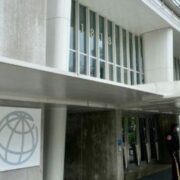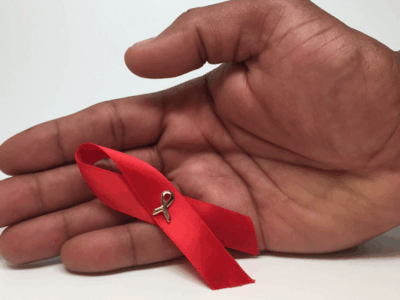
(Ecofin Agency) – The East African Community, during its East African Legislative Assembly in Tanzania this week, presented its estimated budget for the financial year 2021/22. According to the EAC council of ministers, the budget for this period which is $91.7 million will be raised in two folds – $54.1 million by partner States (Kenya, Rwanda, South Sudan, United Republic of Tanzania, and Uganda) or raised as other internal revenues, and $37.6 million is expected to be sourced from development partners.
The budget themed “Economic Recovery through Industrialization and Inclusive Growth” will focus on priority areas: Private Sector Development, Peace and Security, COVID-19 Response, Trade Development, Infrastructure Development, EAC Digitalization Agenda, (Agriculture, Nutrition, Biodiversity, Environment, and Circular Economy), Expansion of membership to EAC and strengthening relationships with the African Union and other regional organizations (RECS), Institutional transformation including Skills Development, and Promotion of awareness creation and dissemination of information on the Community.
“The reality is that COVID-19 will be with us for a much longer time than earlier anticipated. The impact of the pandemic on EAC Partner States’ economies has been devastating, to say the least. Manufacturing and agriculture sectors have been affected due to disruption in global supply chains and a fall in global demand for key export goods such as horticulture produce,” said Hon. Adan Mohamed, the Chairperson of the Council of Ministers and Kenya’s Minister for EAC.
East Africa’s Agriculture and Manufacturing sector
Before the outbreak of the pandemic in 2019, the African Development Bank in its economic outlook outlined various downside risks that undermine economic growth and development prospects in East Africa. Among them are the region’s agriculture vulnerability and heavy reliance on primary commodity exports.
The International Labour Organization had estimated that the number of employment opportunities in the region’s agriculture sector would increase at a slower pace from 56.7 million to 97.6 million in 2020. These estimates are no longer feasible due to the ongoing supply and demand fluctuations related to COVID-19-business disruptions.
According to statistics from the East African Business Council report, the manufacturing sector’s contribution to the regional GDP stood at an average of 9.7% in 2019 before the pandemic and was projected to grow to an average of 25% in 2032 through the effective implementation of the East African Industrialisation Strategy and Policy 2012 to 2032.
The pace of achieving this vision by 2032 has been disrupted by the effects of the pandemic. In the quest for readjusting, a four-day virtual meeting held in March this year brought together key policymakers, business leaders, entrepreneurs, business support organizations, investors, financial institutions, and public stakeholders to identify post Covid-19 investment priorities in East Africa.
Solange Che











Comments